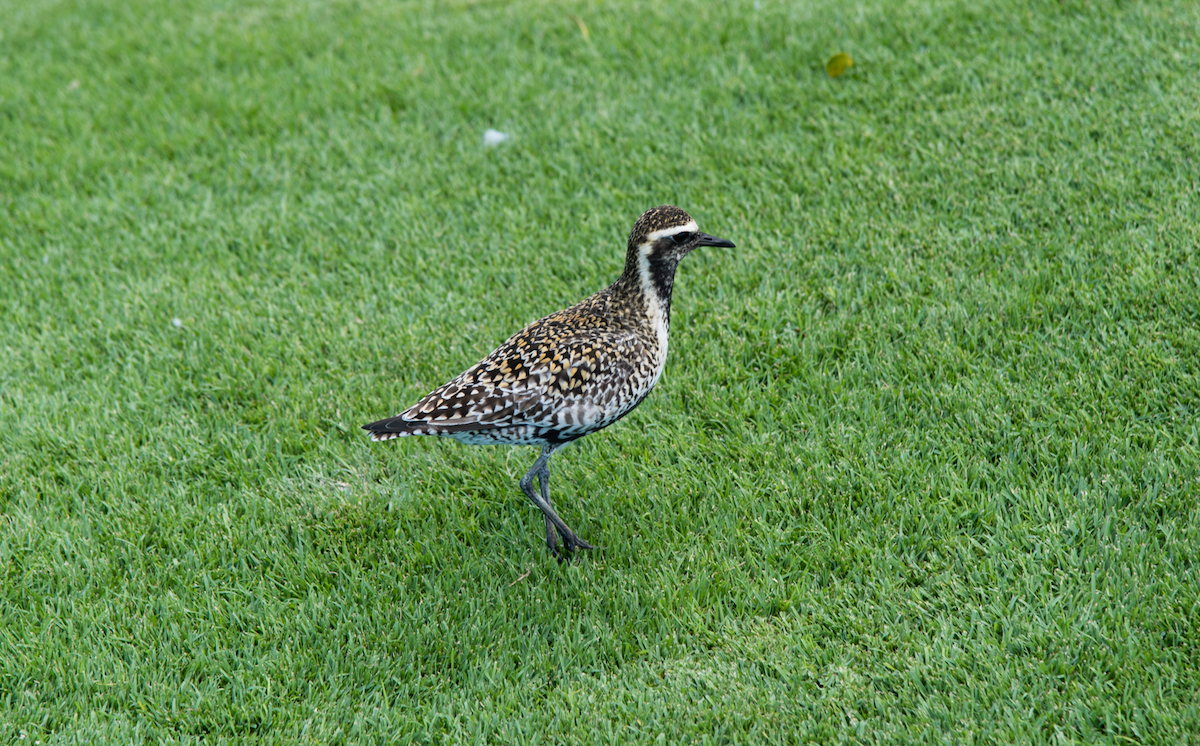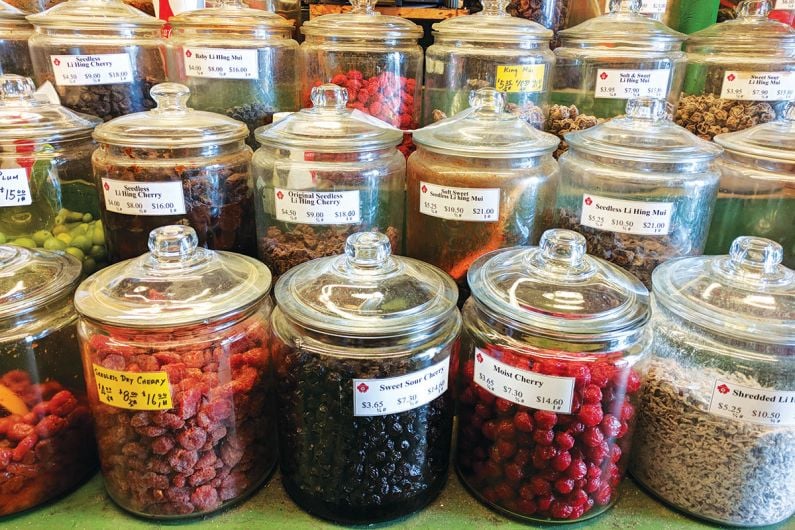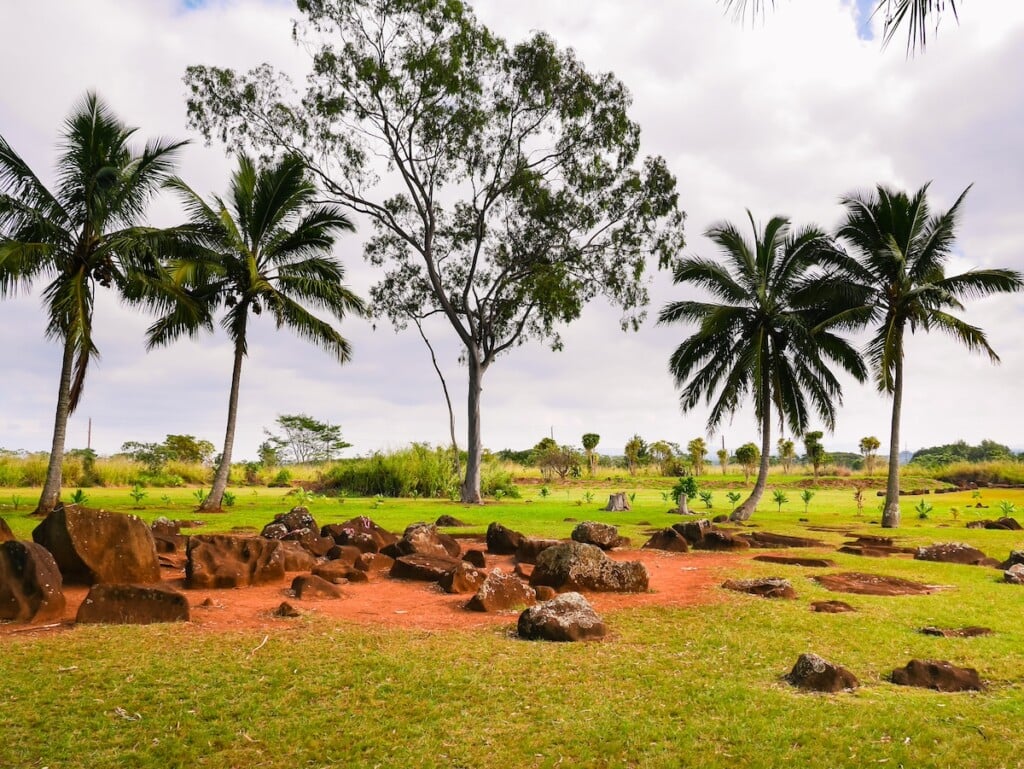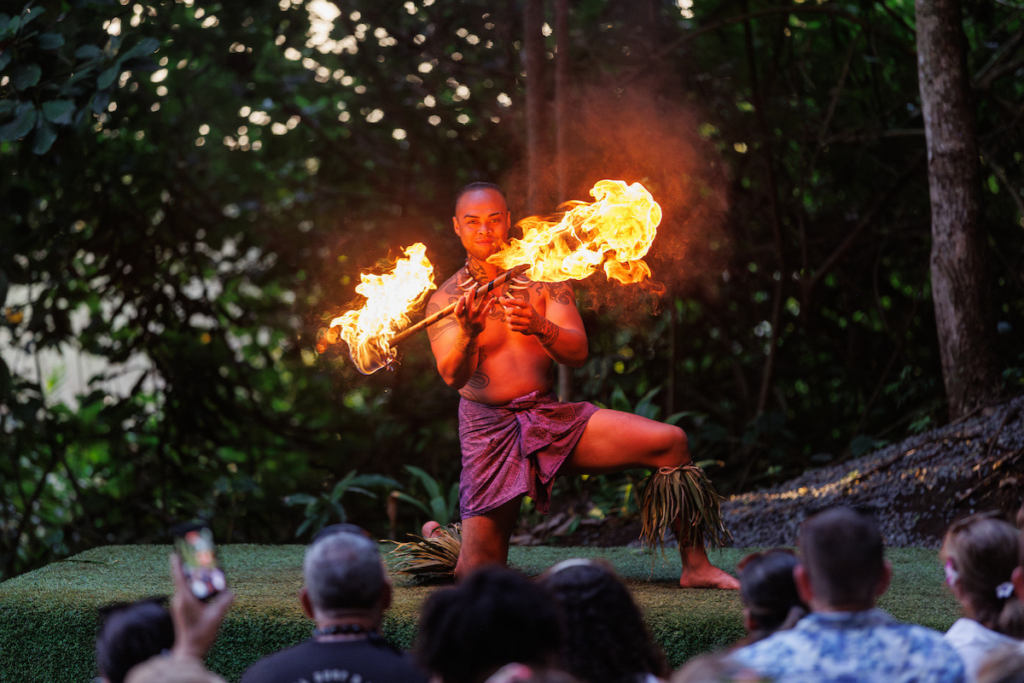The Beloved Kōlea Birds Return to Hawaiʻi
You know it’s the end of summer when the Pacific golden plovers flock to the Islands.

Maybe I’m a bird nerd, but every summer I log in my calendar when I see the first kōlea of the year.
It’s one of those momentous occasions for me, seeing a Pacific golden plover flap its long wings—these birds have a 17-inch wingspan—or perch on a rooftop in my neighborhood.
Growing up on Oʻahu, I have long been fascinated by these annual visitors, who arrive in Hawaiʻi in late August and spend all winter here.
Called kōlea in Hawaiian, these small yellow-and-buff mottled shorebirds are amazing long-distance travelers: After breeding in the Siberia and westernmost Alaska, these birds travel to Hawaiʻi—and sometimes on to Alaska—covering more than 2,000 miles in a single nonstop flight. And with no inflight amenities!

The Pacific golden plover (Pluvialis fulva) arrive in Hawaiʻi with yellowish to white underparts with a mostly yellow body, speckled with brown. Come spring, the bird molts into breeding plumage, with a greater speckling of white and its face, underside and wingtips turn black. We joke that the bird puts on a tuxedo before leaving the Islands.
According to the state Department of Land and Natural Resources, Hawaiʻi is thought to support the largest proportion of the world’s wintering kōlea population. (I mean, who wouldn’t want to vacation in Hawaiʻi during the winter?)
These spindly-legged shorebird used to be hunted; in 1941 that was outlawed and the kōlea’s population is thought to have rebounded. While there is no definitive estimate of the global kōlea population, some believe there are around 74,000 birds in the main Hawaiian Islands. And they’re found everywhere: trekking across parks and beaches, scurrying across residential streets, searching for insects on golf courses and farms, wandering the lava fields on Hawaiʻi Island and in the crater of Haleakalā. They typically start leaving the Islands in April.
So, in honor of the beloved kōlea, here are some fun facts about this adorable shorebird:
- The bird’s Hawaiian name, kōlea, is a phonetic imitation of its keening flight call. It now means “one who takes and leaves.”
- The Pacific golden plover and the American golden plover used to be considered subspecies within the same species. Where their breeding ranges overlap in western Alaska, they nest in slightly different habitats, have different display calls and don’t interbreed. They are now classified as different species.
- The winter range of the kōlea extends across nearly half of the earth’s circumference, from California, to Hawaiʻi, to Asia, to northeastern Africa.
- Kōlea can fly at an average speed of 50 miles per hour.
- Kōlea are fiercely territorial and will defend its territory even from larger birds like mynas.
- The oldest recorded kōlea was at least 21 years, 4 months old when it was recaptured and rereleased during banding operations.


